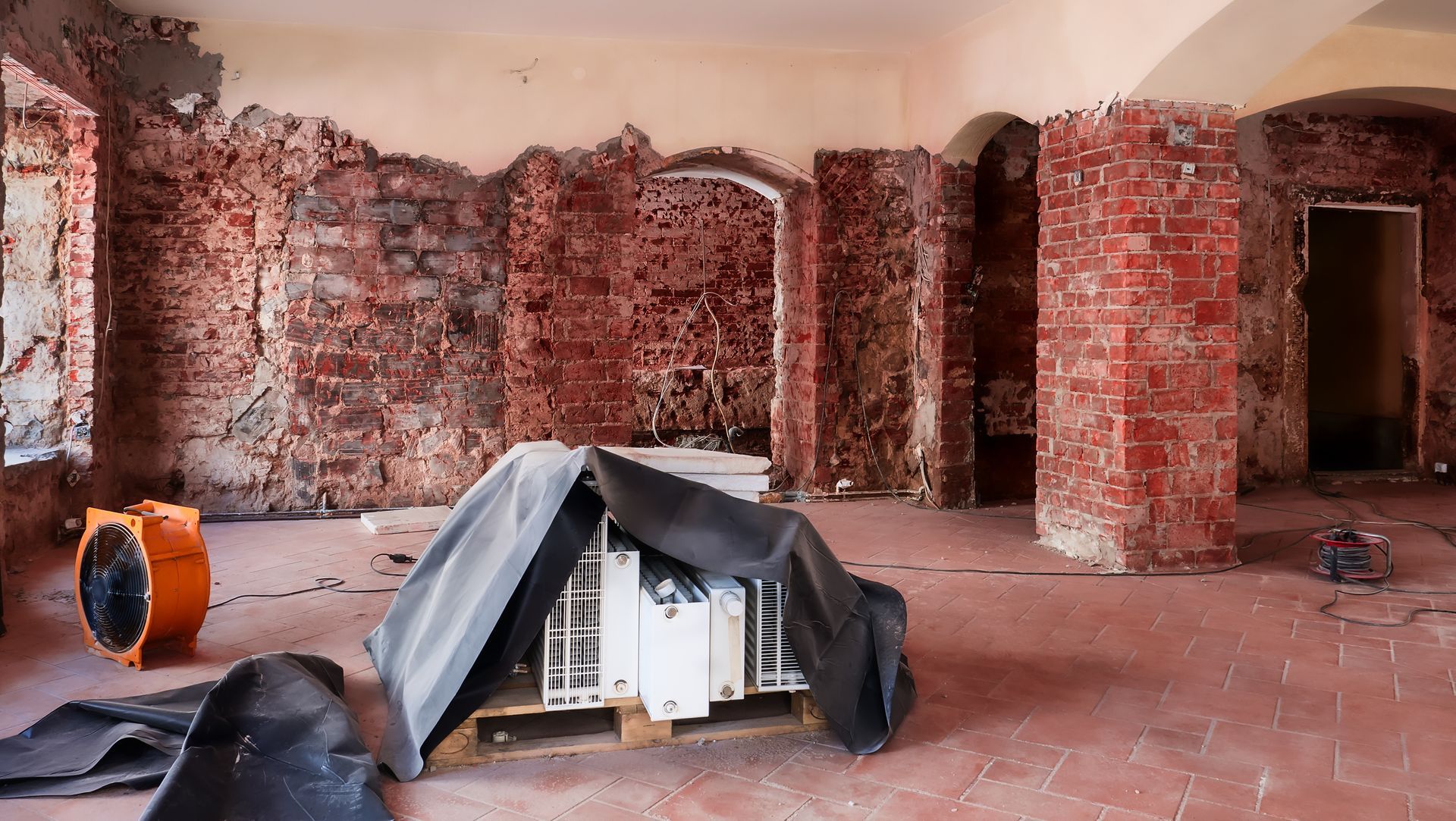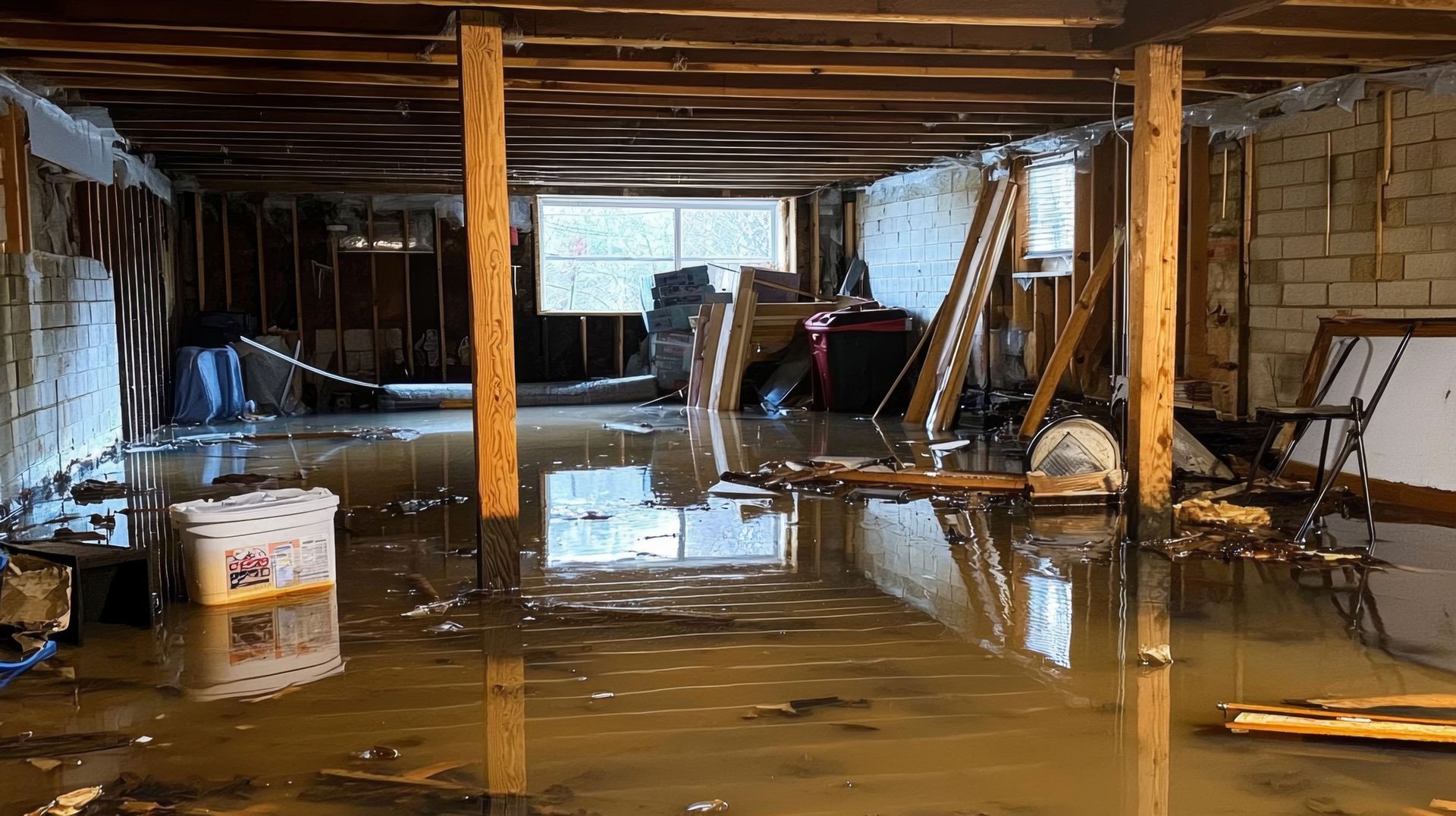Water, Water Everywhere
“Water, water everywhere, not a single drop to drink.” This saying comes from The Rime of the Ancient Mariner, which was written in 1834 by Samuel Taylor Coleridge. In the poem, a distraught sailor is surrounded by water, but has none to drink. I think it is a good way to kick-off our discussion on categorizing water intrusion, because I have heard it said that you can categorize water by if you can drink it or not.
When managing a water damage to property, there are two terms you need to understand. One is the Category and the second is the Class. When a water restoration services professional discusses the Category of a water loss, they are referring to the source of the water intrusion. When they discuss Class, they are discussing the amount of water or the anticipated evaporation load.
The importance of this information is that it helps you better understand what is involved and potential costs. The higher the category or class, the more complicated and longer it will take to remove the water.
There are 3 Categories of Water. Below is generally how the IICRC S500 presents categories of water:
Category 1:
- The water originates from a sanitary source and does not pose substantial risk from skin, drinking or inhalation exposure.
- Examples include broken water line, tub or sink overflow and broken toilet tanks (not sewer backing up).
Category 2:
- The water contains significant amount of contamination and has the potential to cause discomfort or sickness if contacted or consumed by humans.
- This category of water can potentially contain unsafe microorganisms or promote the growth of microorganisms because of contained nutrients.
- Examples include discharge lines from dishwashers or washing machines, toilet bowl (from room side of the trap) with some human waste and broken aquariums.
Category 3:
- The water is grossly contaminated and contains pathogenic, toxigenic or other harmful agents.
- Examples include sewage, waste line from toilet beyond the trap, wind-driven rain from hurricanes, tropical storms or ground surface water from rising rivers or streams.
Some special situations do exist that will modify a category; including if it is regulated by a state or federal agency, if it contains hazardous materials, or there is mold present.
Secondly, there are four classes of water:
- Class 1: Water losses affecting a portion of the room.
- Class 2: Water has affected the entire room of carpet and pad and has wicked up the walls less than 24.”
- Class 3: any water losses that come from overhead.
- Class 4: any water trapped or bound within materials of very low permeance requiring special drying procedures. i.e. sub floor, plaster, brick, concrete.
As always, please remember, our dedicated team members are there when you need us most. No matter the situation or emergency, you can count on our team of IICRC-certified professionals to be available 24/7…which is not just a number, it’s a GUARANTEE!
Matthew Edwards works in our business development department and strategically works with our partners to cultivate lasting relationships. He has been with the GRS team since 2012. To connect with him, visit
LinkedIn or shoot him an
email.






